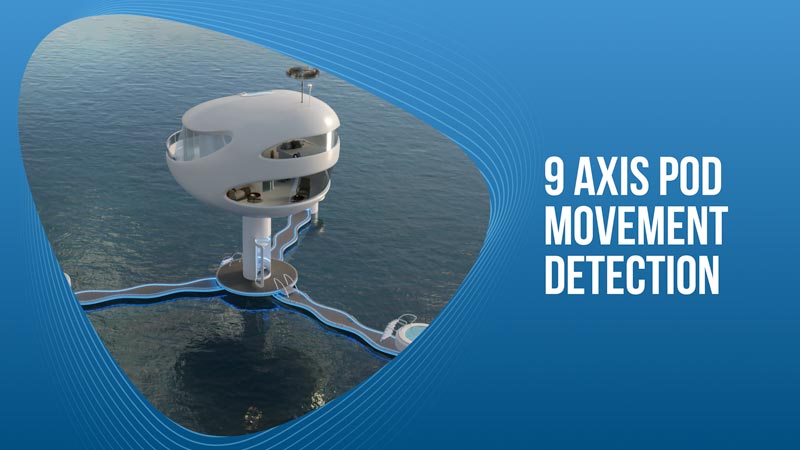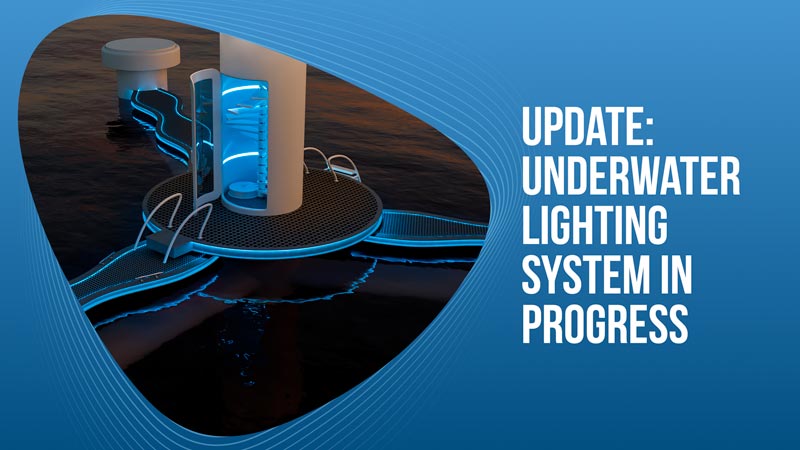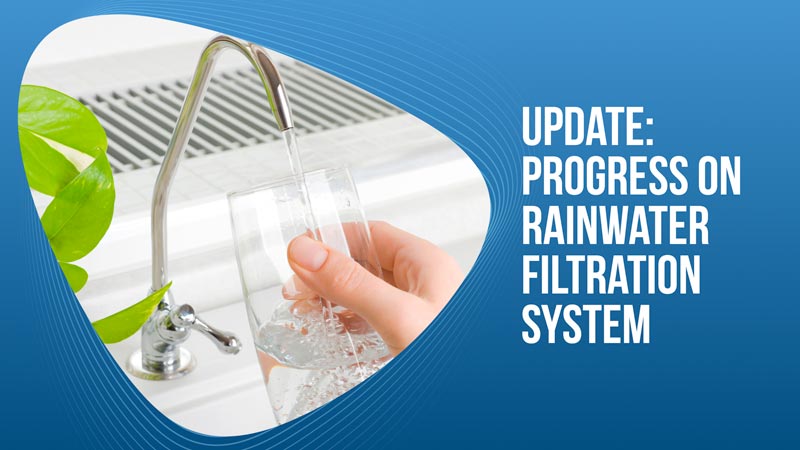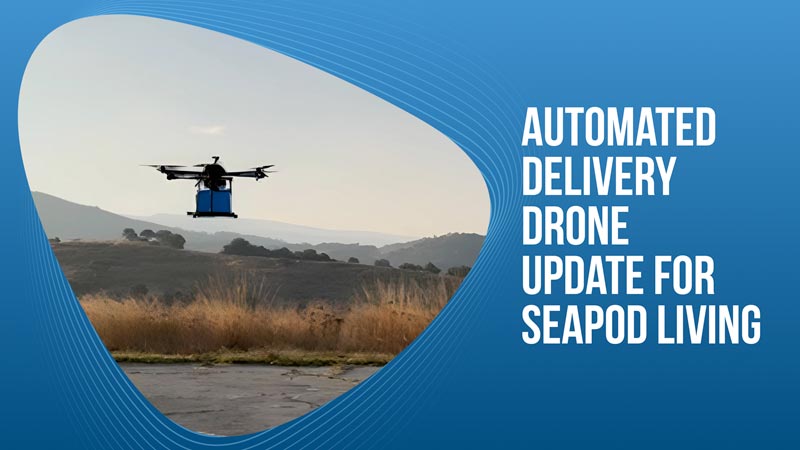
A normal home on land is generally securely built into the ground and won’t move, but that is not the case with a floating home on the water. Keeping the SeaPod stable is important for both comfort and safety so we have decided to use IMU sensors to help monitor the tilt, angular rate, and direction of the home.
We have different technologies that can help keep things stable. The three outriggers have an automatic ballast system that will drain or fill each outer spar with water to keep everything balanced. The IMU sensors help the home monitor the balance of the home so that the system can make adjustments if needed.
These sensors measure positioning on 9 different axes so that we can have a clear picture of exactly how the home is sitting in the water at all times. For example, if the home is leaning to one side or sitting too low or high in the water, then the system will automatically make the adjustments needed to balance out the home.
In the worst-case scenario, this sensor will be able to see if the home is sinking. Should things become unbalanced and the home start sinking too low into the water, then the ballast system will first try to float the home but could also alert you and the system admin that the home is becoming unsafe. Of course, we don’t expect any SeaPods to sink, but we have to be prepared for absolutely anything.
Omer has been working hard to design this system from the ground up. He has written the necessary code to get these sensors working with the various controllers that will operate different functions within the home. We also may include a live 3D render of your home in the app that will look similar to what is in the video below so that you can always see exactly how your home is sitting in the water.



